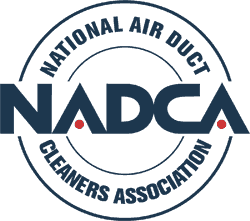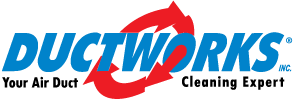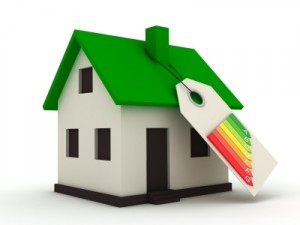 For decades the National Air Duct Cleaners Association (NADCA), has been educating consumers on the process and benefits of air duct cleaning. Currently there is research study underway to measure the correlation between energy pressure drop and energy savings.
For decades the National Air Duct Cleaners Association (NADCA), has been educating consumers on the process and benefits of air duct cleaning. Currently there is research study underway to measure the correlation between energy pressure drop and energy savings.
NADCA Energy Research Study
In February 2008, NADCA entered into a partnership with the Colorado University to conduct a research project that will provide members with a tool for estimating the energy savings associated with HVAC cleaning and restoration projects. The research project was also commissioned to develop a field-testing protocol for NADCA members that will facilitate collection of data to provide broader support for linking HVAC cleaning and restoration to energy savings.
Current Findings and Test Results
NADCA presented the current results of the test at the 2010 Annual Meeting. Comparisons were made by testing air flow rates when the filter, furnace, and evaporative air conditioner coil were fouled and again when the components were clean.
It was found that a dirty filter increased the filter pressure drop, system pressure drop and reduced the air flow of the ventilation system.
Surprisingly, a clean furnace and evaporative air conditioner coil increases initial energy consumption, but lessoned the amount of time that the furnace an air conditioner had to operate to achieve the desired room temperature. Though there was initial higher energy consumption, there was a net gain in overall energy efficiency.
While further data and testing is required, the current the findings show that proper exchange rate and selection of the furnace filter, routine cleaning of the evaporative air conditioner coil, and sealing of air ducts offer the greatest benefits to energy savings.
Further Testing Underway
Currently NADCA is receiving further test results from companies engaged in the assessment, cleaning, and restoration of HVAC systems. These test results are being sent to the University of Colorado for further interpretation.


 Air sealing the building envelope is one of the most critical features of an energy efficient home. As new homes grow increasingly tighter to achieve ever higher levels of energy efficiency, the potential for indoor air pollution also increases.
Air sealing the building envelope is one of the most critical features of an energy efficient home. As new homes grow increasingly tighter to achieve ever higher levels of energy efficiency, the potential for indoor air pollution also increases.